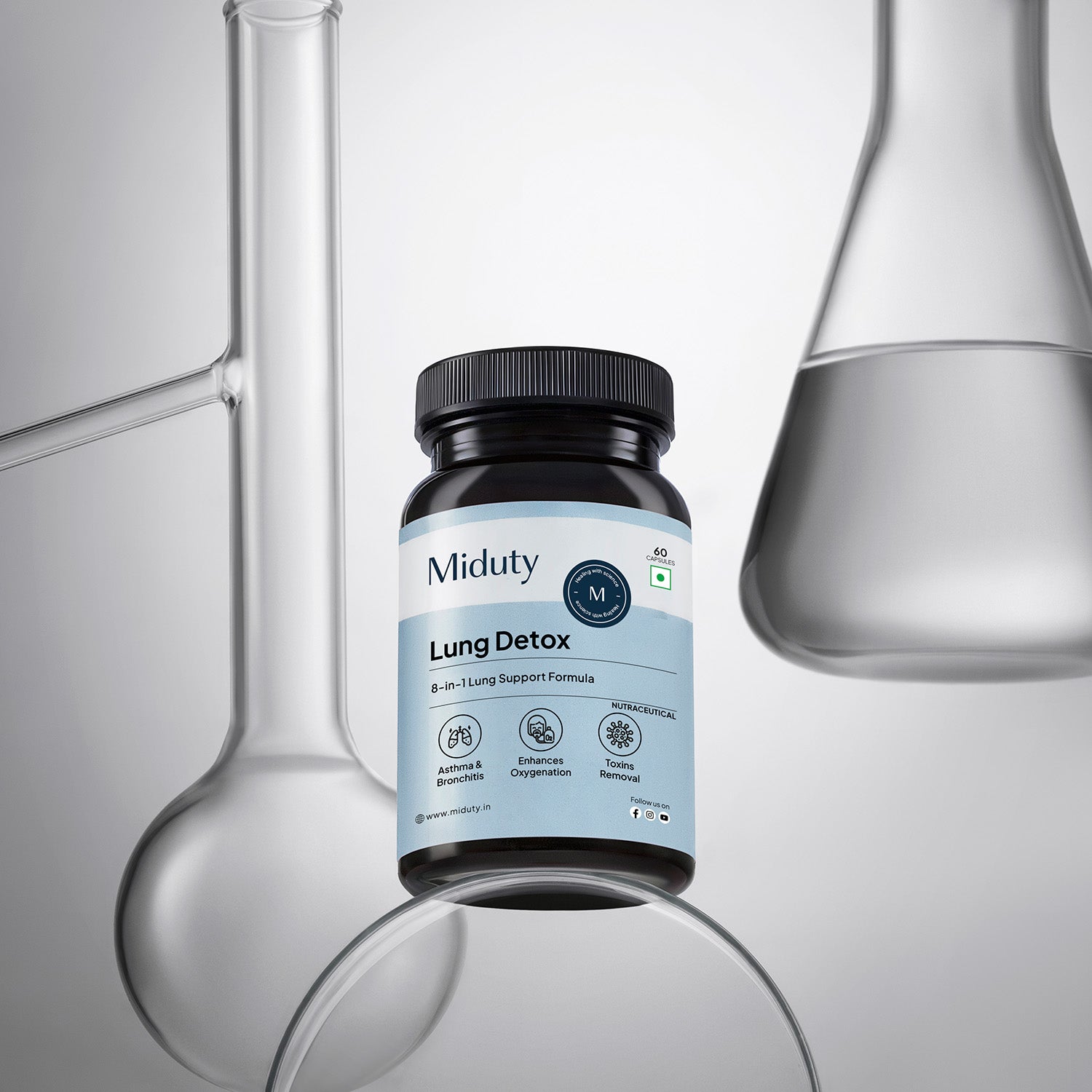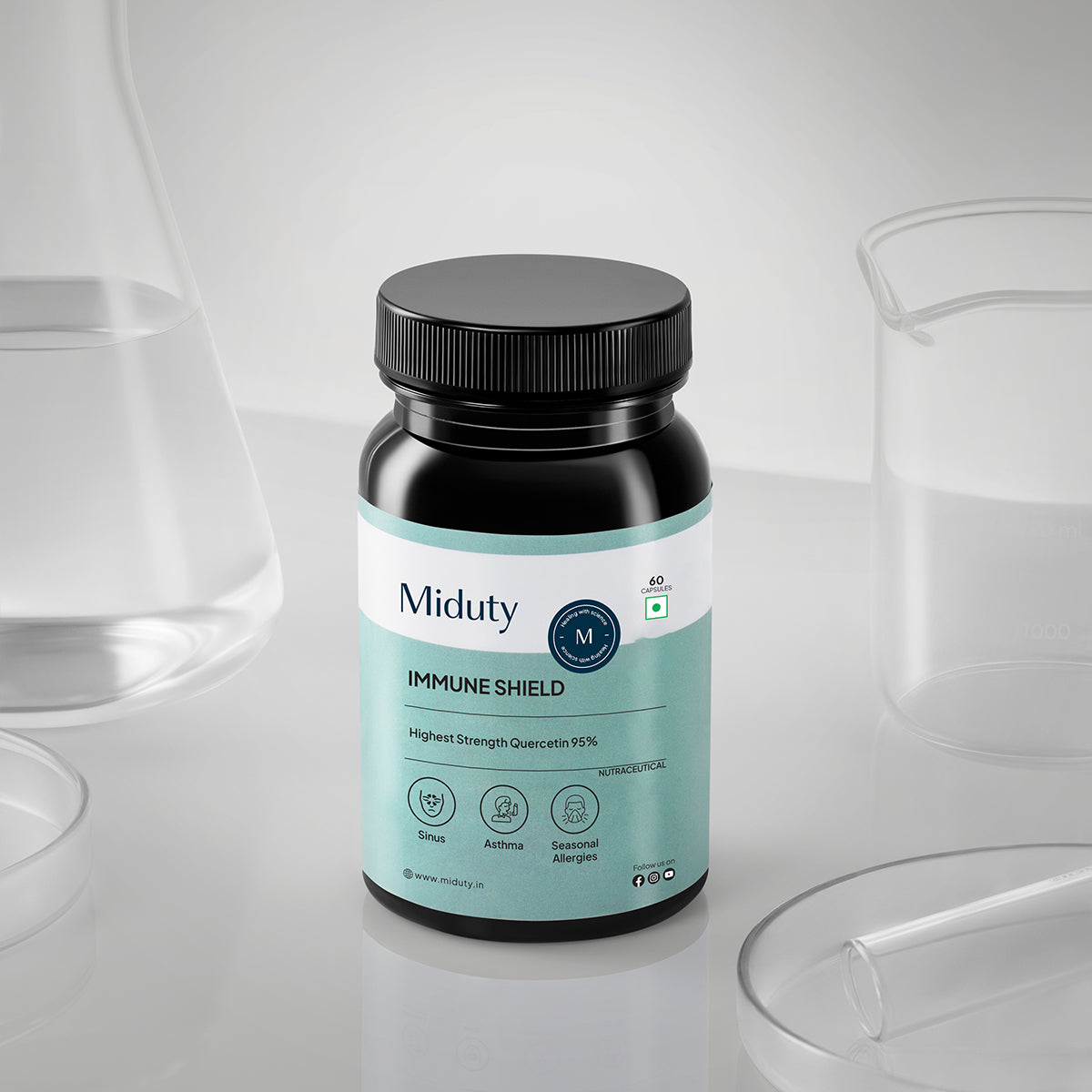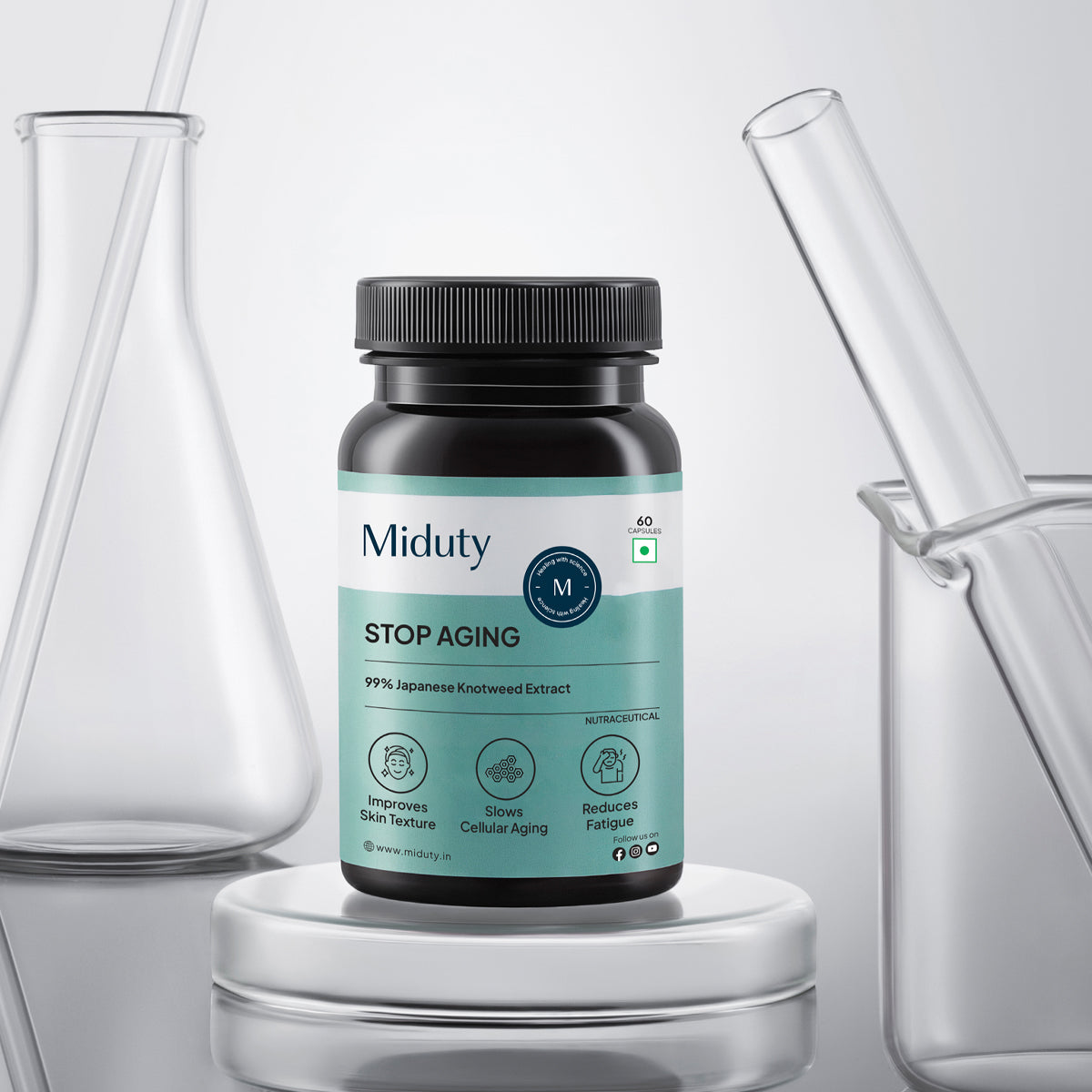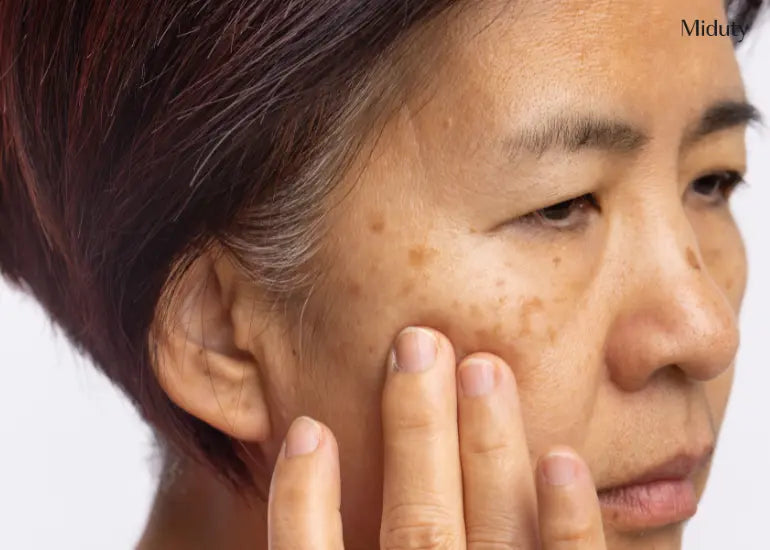
What Causes Lung Cancer in Non-Smokers?
When we think of lung cancer, the first culprit that comes to mind is cigarette smoking. It's been long established as the leading cause, and rightly so. But what happens when someone who has never touched a cigarette is diagnosed with the same deadly disease? Surprisingly, a growing number of people are asking that question—because lung cancer in non-smokers is not only real, it's rising.
In fact, lung cancer in non-smokers now accounts for up to 20% of all lung cancer diagnoses. That's tens of thousands of cases each year worldwide. Even more unsettling is the fact that these cases often occur in people who are younger, healthier, and with no obvious risk factors. So what exactly is causing lung cancer in people who have never smoked? The answer is a complex web of environmental exposures, genetic predispositions, and lifestyle factors that are only now beginning to be fully understood.
Key Takeaways
1. Lung Cancer Isn't Just for Smokers. Up to 20% of lung cancer cases occur in non-smokers—and the numbers are rising.
2. Invisible Threats Are Everywhere. Air pollution, radon gas, and even cooking fumes can silently damage your lungs over time.
3. Secondhand Smoke Still Harms. Exposure to secondhand and thirdhand smoke raises your lung cancer risk—even if you've never smoked.
4. Genes Play a Role Too. Some people carry inherited mutations that make them more vulnerable, regardless of lifestyle.
5. Awareness = Early Action. Knowing the risks leads to smarter choices, earlier detection, and better chances of survival.
Why Lung Cancer in Non-Smokers Is Rising?
As global smoking rates decline, we might expect lung cancer rates to follow. And while overall numbers have dropped slightly, the proportion of cases in non-smokers has actually increased. This isn't because lung cancer is becoming more common in the absence of smoking—it's that we are finally beginning to understand just how many other contributors can trigger this disease.
Non-smokers, especially women and individuals of Asian descent, are increasingly being diagnosed with lung cancer, particularly a subtype known as adenocarcinoma. Unlike the classic smoking-related squamous cell lung cancers, adenocarcinomas tend to develop in the outer parts of the lungs and often go undetected until they are advanced. This makes understanding their root causes—and preventing them—critical.
Hidden Causes of Lung Cancer in Non-Smokers: What You Need to Know
1. Air Pollution
One of the most significant contributors to lung cancer in non-smokers is air pollution. Microscopic pollutants, especially fine particulate matter known as PM2.5, can penetrate deep into the lungs. These particles originate from vehicle exhaust, industrial emissions, power plants, and even household sources like wood-burning stoves.
Chronic exposure to polluted air damages lung tissue over time and increases the risk of mutations in lung cells. In urban areas with poor air quality, people are breathing in carcinogenic compounds daily without realizing it. Long-term exposure to polluted air has been shown to cause changes at the genetic level that may eventually lead to cancer—even in people who have never smoked a day in their lives.
2. Radon Gas
Another major, often overlooked, risk factor is radon gas. Radon is a naturally occurring radioactive gas that seeps up from the ground and accumulates in homes, particularly in basements and poorly ventilated areas. You can't see or smell radon, but long-term exposure significantly increases the risk of lung cancer, especially in non-smokers.
Studies show that radon exposure is the second leading cause of lung cancer overall—and the leading cause among non-smokers. Depending on where you live and how your home is constructed, you could be exposed without ever knowing it. Testing and remediation are relatively simple steps, yet many people remain unaware of the risk. ]
3. Secondhand and Thirdhand Smoke
Just because someone doesn't smoke doesn't mean they aren't affected by tobacco. Secondhand smoke—the fumes exhaled by smokers or released from burning tobacco—contains thousands of harmful chemicals, many of which are known carcinogens.
Living or working with smokers increases a non-smoker's risk of lung cancer by 20 to 30 percent. Even more troubling is the emerging research around thirdhand smoke—residual toxins that linger on furniture, clothing, carpets, and other surfaces. These residues can be inhaled, ingested, or absorbed through the skin long after the smoke has cleared, particularly affecting children and those with compromised immune systems.
4. Indoor Air Pollution and Cooking Fumes
In many parts of the world, indoor air pollution is a major driver of lung cancer in non-smokers—especially among women. This is particularly true in regions where biomass fuels like wood, coal, or dung are used for cooking or heating.
Burning these materials in poorly ventilated kitchens releases smoke filled with dangerous chemicals. Daily exposure to these fumes over years or decades can cause chronic inflammation and damage to lung tissue, eventually leading to cancer. Even in modern homes, cooking with oils at high temperatures can produce harmful fumes if proper ventilation is lacking.
5. Genetic Susceptibility
While environmental factors play a large role, genetics also influence lung cancer risk in non-smokers. Some individuals are born with mutations or inherited predispositions that make them more susceptible to developing cancer, even in the absence of known carcinogens.
In non-smokers, certain genetic mutations—such as changes in the EGFR or ALK genes—are found more frequently and can drive the development of cancer. These mutations also tend to respond well to targeted therapies, which is a hopeful sign for treatment outcomes. However, identifying at-risk individuals before disease develops remains a challenge.
6. Occupational Hazards
Certain jobs expose workers to carcinogens that increase lung cancer risk. These include exposure to substances like asbestos, diesel exhaust, silica dust, and industrial chemicals such as arsenic, chromium, and nickel.
Many of these exposures occur in industries like construction, mining, shipbuilding, and manufacturing. Prolonged exposure without proper safety measures can cause cellular changes in the lungs over time, leading to cancer in individuals who have never smoked.
7. Radiation and Previous Medical Treatments
Medical radiation, especially from treatments for other cancers like breast cancer or Hodgkin lymphoma, can increase the risk of lung cancer later in life. This is especially true if the chest was exposed to high doses of radiation. Though modern therapies are more targeted and safer, people who received radiation decades ago may still be at elevated risk.
8. Chronic Inflammation and Infections
Chronic lung infections or diseases that cause long-standing inflammation in the lungs—like tuberculosis or certain forms of pneumonia—may also raise cancer risk. Inflammation causes repeated injury and repair cycles in the lung tissue, which can eventually lead to mutations and tumor formation.
Why Awareness Matters?
One of the greatest challenges with lung cancer in non-smokers is that it often flies under the radar. Because non-smokers don't perceive themselves as being at risk, early symptoms—like persistent cough, shortness of breath, or chest pain—are often ignored or misdiagnosed. This means the disease is usually discovered at a more advanced stage, when treatment becomes more difficult.
That's why raising awareness is so important. Lung cancer is not just a smoker's disease. Understanding the diverse causes and risk factors can lead to better prevention, earlier detection, and more effective treatment for everyone.
How to Protect Yourself?
While not all risk factors are within our control, there are several steps you can take to reduce your chances of developing lung cancer:
-
Test your home for radon and mitigate if necessary.
-
Avoid secondhand smoke and enforce smoke-free environments at home and work.
-
Improve indoor air quality by using ventilation and avoiding excessive use of chemical cleaners or high-temperature oils.
-
Wear protective equipment if you work in environments with potential exposure to carcinogens.
-
Adopt a healthy lifestyle rich in fruits, vegetables, and physical activity, which may offer protective benefits.
-
Consult a doctor if you have a family history of lung cancer or any persistent respiratory symptoms.
How to Choose the Best Supplement for Lung Detox?
When selecting a lung detox supplement, it's important to look for a scientifically formulated blend that not only removes toxins but also supports overall respiratory health. Look for key ingredients like NAC, Quercetin, Stinging Nettle, and Mullein Leaf Extract, which are known to reduce inflammation, eliminate tar buildup, and improve breathing. A well-rounded formula can also aid in protecting against COPD, enhancing oxygenation, and relieving chest congestion, making it an ideal choice for smokers, those in polluted environments, or anyone wanting to strengthen lung function.
Conclusion
Lung cancer in non-smokers is a growing and serious health concern that can no longer be ignored. It doesn't come from bad habits alone. It can come from the air we breathe, the places we work, the homes we live in, and the genes we inherit. But knowledge is power. By understanding the risks and advocating for cleaner environments, safer workplaces, and better healthcare access, we can begin to turn the tide on this silent epidemic.
Lung cancer doesn't discriminate based on smoking history. Neither should our vigilance in preventing it.
Frequently Asked Questions on Lung Cancer in Non-Smokers -
Q1- Is lung cancer possible for non-smokers?
Yes, lung cancer can occur in non-smokers. While smoking is the main cause, a notable number of cases are found in people who have never smoked or have smoked very little, often called never smokers.
Q2 - What type of lung cancer do non smokers get?
Non-smokers who develop lung cancer most often have adenocarcinoma, a type of non-small cell lung cancer. It starts in the mucus-producing cells lining the lung's air sacs. Though more common in non-smokers, it can also occur in smokers.
Q3 - Can you fully recover from lung cancer?
While recovery in the context of lung cancer is often defined as achieving a state of no evidence of disease (NED) or remission, a full cure is not always guaranteed, especially if the cancer has spread. However, advancements in treatment have significantly improved survival rates, particularly for early-stage lung cancer.
Q4 - How to avoid lung cancer?
To greatly reduce the risk of lung cancer, it's essential to avoid smoking and secondhand smoke. Limiting exposure to radon and workplace carcinogens also helps lower the risk.
Q5 - How to do the finger test for lung cancer?
Place your index fingers together, nail to nail. If you see a small, diamond-shaped gap of light between the nails, that's normal. If there's no gap and the nails lie flat against each other, it may indicate finger clubbing—a potential sign of underlying health issues like lung cancer.
References













